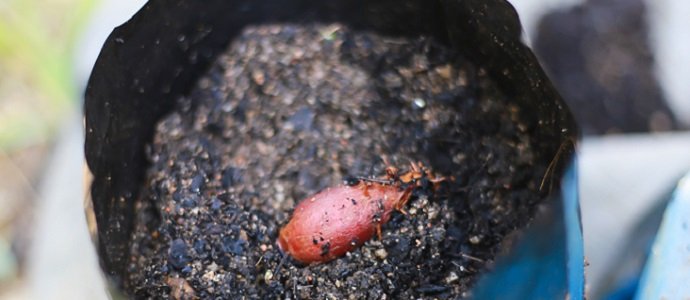
The Boabs of Kimberley in the North West of Australia and the Bunyas of the north east coasts of Australia are two trees with outstanding appearance and function. These are two of my special interest trees the Boab Adansonia gegoeri and Bunya Araucaria bidwiili.
My visits to the Kimberley began in the nineteen seventies and continued into the eighties. In the years 1999 to2003, I was living in the East Kimberley, as a staff member of the Kimberley TAFE with a home base at Halls Creek. Each Monday morning I would load up a troopie, a four wheel drive Toyota with food, water and fuel and go bush until my return for the weekend. My weekly patch covered a large part of the Kimberley including its mountain ranges, rivers, savannah and dry lands. In many indigenous communities a need for gardens was expressed to the TAFE and that was my role to deliver the horticultural training needed to design, construct and maintain food and medicinal gardens. As I type, Boabs and Bunyas at the Education centre of Zaytuna Farm in the Northern rivers of NSW, the images of the Kimberley landscapes and its indigenous people all come back clear as crystal. I can smell its soil, the plants and see the cobalt be sky.
The Baobs trees are a very outstanding feature of the landscape. Legend has it told that due to the Baobab’s hubris it was planted upside down with its roots in the air and its branches in the ground. In the dry season without any leaves the Baobs branches do look like roots in the air. And in the wet, summer season the lush vivid green leaves branches, bear large white flowers. The flowers produce large seed pods with an internal white and eatable powder. The Baob tree, at maturity has a trunk that is swollen in shape and often multi stemmed with a smooth, elephant grey skin. The Boab has an affinity with water, it is often found on the edge of water flows and its massive and swollen trunk contains water.
On a return to the Kimberley during 2007 as a WWOOFer on a Boab farm I was shown how the Boab, as a seedling, and after three months in the soil harvest and used as carrots like vegetable. The leaves and seedling sent by post to bush food restaurants in places as far away as Canberra. An interesting foot note only one of the eight Boab species in existence only one species grows in the Kimberley. The other Boab species can be found in Africa and the island Madagascar. How the one species of Boab came to be in the Kimberly is open to conjecture. One possibility is a link via the San people from southern Africa, as their rock is much like the Bradshaw rock art found only in the Kimberley region. The indigenous people of the Kimberley disclaim any association with the san like rock art .The Kimberly region became attached to Australia during the great breakup of the super continent of Pangea. The Boab may have been contained on it when it reached Australia. However, having only one species of Boab is unusual as a number of species would be expected over such a large region.
In the subtropics of Northern NSW and Queensland the Bunya is an indigenous tree of the forest. It has been planted in many parts of the world. I have planted two in the south west of WA and when last seen they were growing well. The mature tree consists of a single and slender trunk, a paper like peeling bark with horizontal braches with droopy ends. The leaves are bright green, small, pointed and stiff. And the tree bears large cones containing eatable nuts. In pervious pre European, invasion times the indigenous Australians would gather to harvest and enjoy the nuts. A very detailed description of this tree can be found on the PRI web site written By Byron Joel, a previous plant nursery man at Zaytuna Farm. At the plant nursery of Zautuna Farm, home of the PRI Bunya tree has been successful propagated.
The seed is placed in a coco peat /sand mix over the summer.
The seed germinates, sending down a root that develops into a tuber like structure on the base of the continer. In the spring a shoot emerges from the tuber and then become the tree. The Boab and Bunya, in a Permaculture designed eco system are more suitable for the outer zones, 3 and 4 because of their size and danger from the falling Bunya cones and as part of a top level permanent part of the food forest.
Other indigenous trees which can be associated with Bunya and Boabs are the Silky Oak and Forest She Oak. The Forest She Oak Casuarina torlusoa, has a tall, slender trunk with needle like leaves which are in fact , modified stems which function as leaves and allows sunlight to reach the lower plants and it has an association with a nitrogen fixing bacteria from the frankia genus.
The Silly Oak Grevillea robusta, is an indigenous, large tree with an open, spreading crown which can be included in association with Boabs and Bunyas in a food forest. They are commonly seen as long term top cover for tea and coffee plants in Asia and Africa. It has a strong microrizhaonal root association which enables the Silky Oak to increase the uptake of soil mineral nutrients such as phosphorous and it has excellent timber for in door use.
The Boab and the Bunya are special and multifunctional trees as part of a permaculture designed perennial eco system, a food forest.
About Miles Durand
Miles has a Diploma of Horticulture, Diploma of Permaculture [Education] and a Associate degree in training Development.
Miles began his horticulture and permaculture career in 1968 at Perth Kings Park and Botanical Gardens WA, Permaculture Certificate in 1983 with Bill Mollison as his teacher in Stanley, Tasmania Australia. Permaculture Diploma [Education] as part of his teaching permaculture and organic horticulture with TAFE 1986/2003. His many roles include Permaculture consultant , earth bank society secretary, teacher, plant nursery manager, NASAA inspector, CSA, Co- housing and MO development, contributor to journals, newspapers and books, permaculture course curriculum development, International aid as an AVI volunteer, Lesotho Australian Indigenous community involvement as ICV volunteer in many remote and isolated indigenous communities. Currently, he is the Plant nursery manager at Zaytuna Farm home of the Permaculture Research Institute, The Channon, NSW Australia.
Miles Durand is running a two-day intensive nuts-and-bolts Plant Propagation and Plant Nursery Course at Zaytuna Farm. This course is filled with solid knowledge and techniques for future growers. This is a very practical course with over eighty-five percent of the course time will be in the plant nursery and food forest within the farm. For more information or to book please visit the course section of the website or click here.



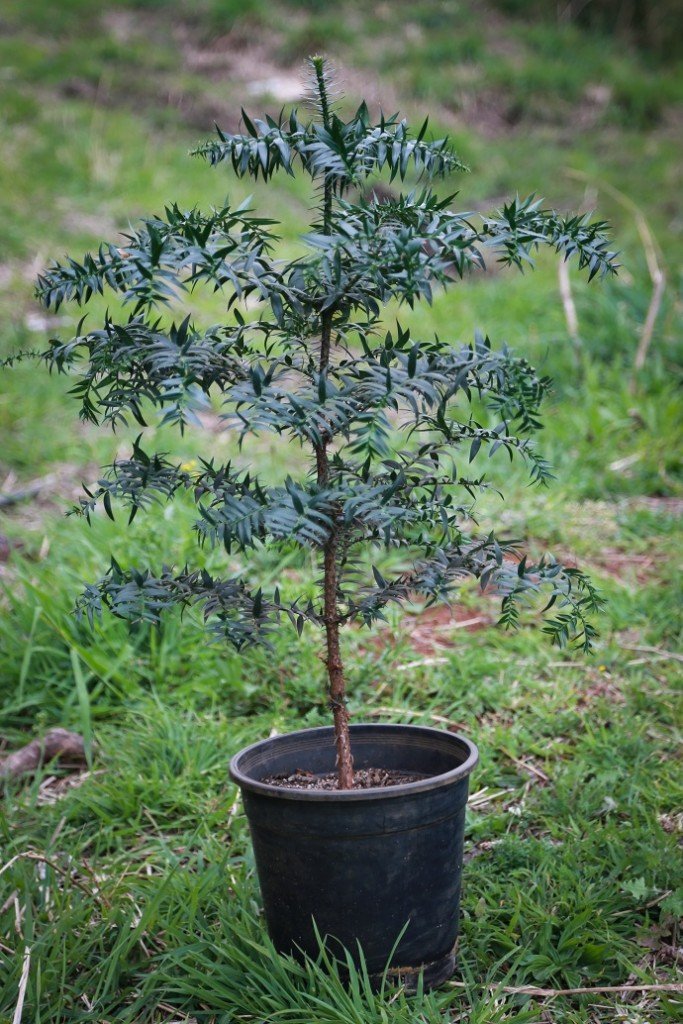
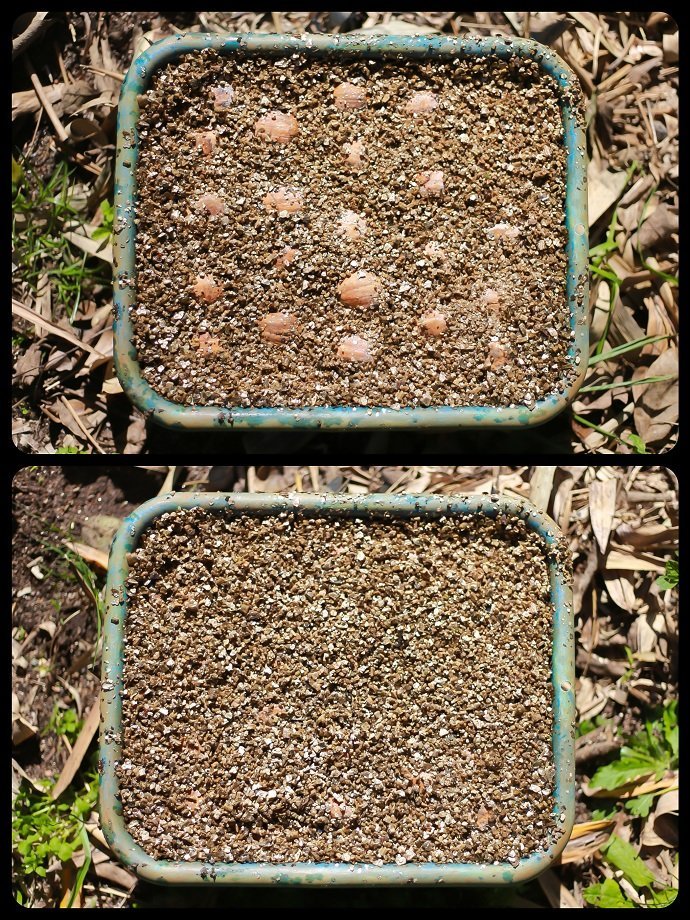
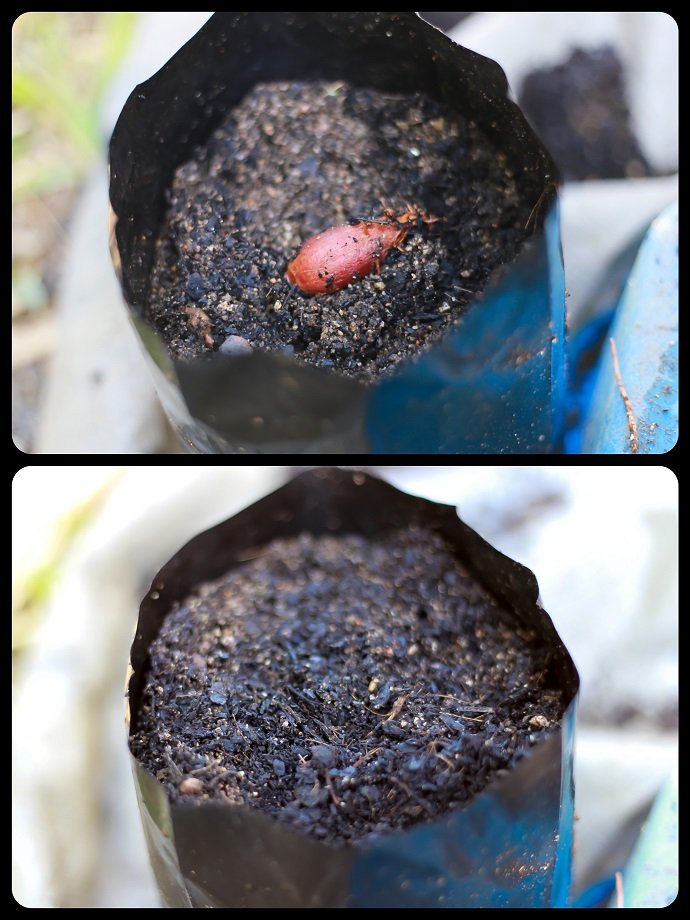
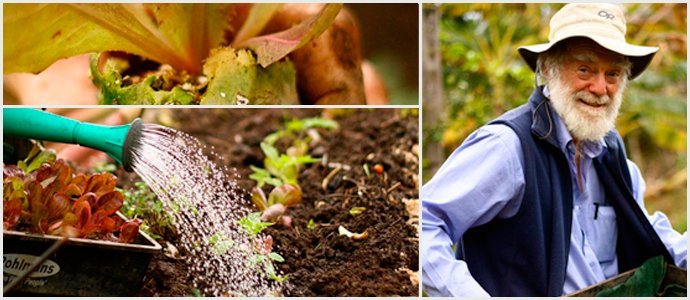










Great article thanks! Have you ever heard of Boabs growing in Melbourne?